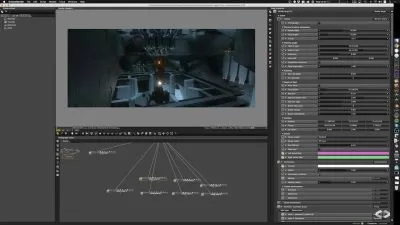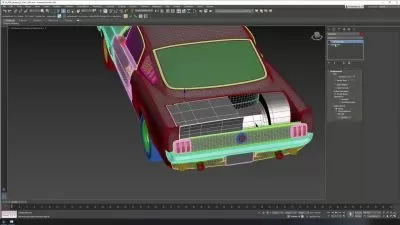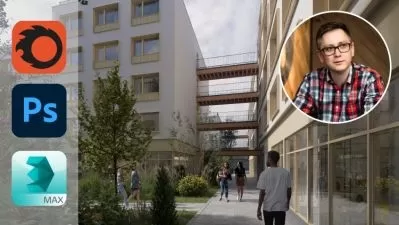3ds Max 2023 Essential Training
Aaron F. Ross
14:20:14
Description
3ds Max is best known for its modeling and rendering tools. These strengths come into play in architecture, manufacturing, game development, and motion graphics. There are dozens of features and techniques to master, from modeling and texturing to lighting and rendering. This course covers 3ds Max 2023 from the ground up. Instructor Aaron F. Ross provides an overview of the entire package, as well as essential skills that 3D artists need to create professional assets. Aaron shows you how to get around the 3ds Max interface and customize it to suit your preferences. He demonstrates different modeling techniques: Splines, polygons, and subdivision surfaces. Aaron explains the processes of layout and camera operation, artificial and natural lighting, and application of materials and texture maps. He illustrates best practices for constructing hierarchies and animating with keyframes, and concludes with a survey of options for renderers bundled with 3ds Max, such as Arnold and Quicksilver.
More details
User Reviews
Rating
Aaron F. Ross
Instructor's Courses
Linkedin Learning
View courses Linkedin Learning- language english
- Training sessions 132
- duration 14:20:14
- Release Date 2022/12/28









